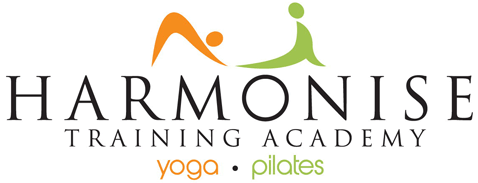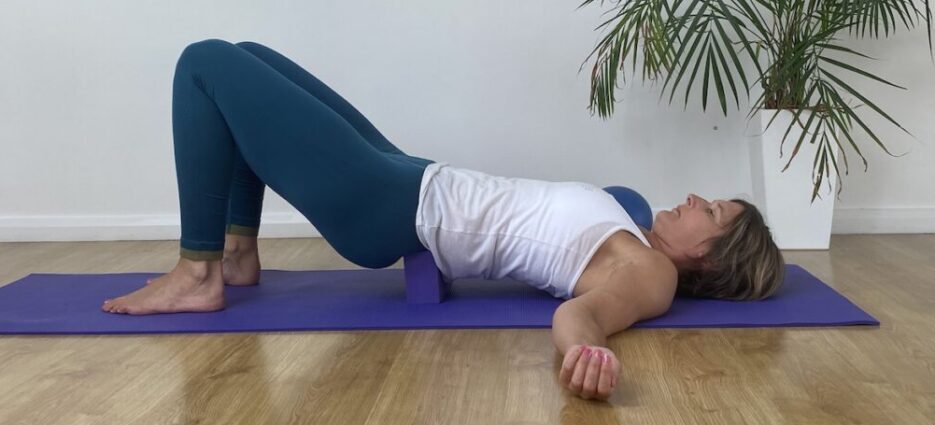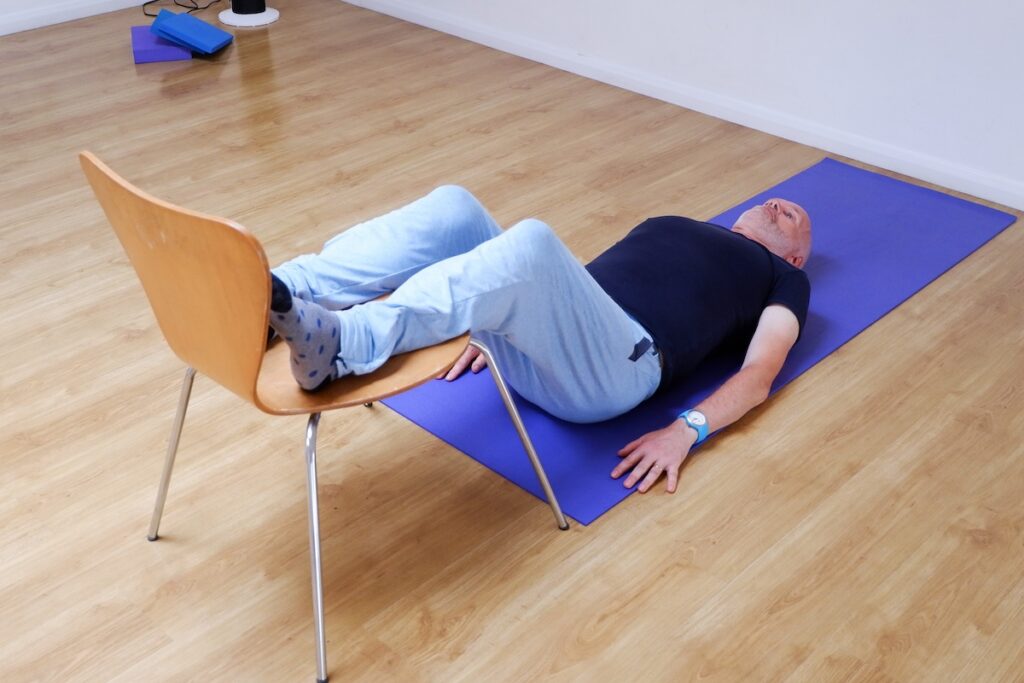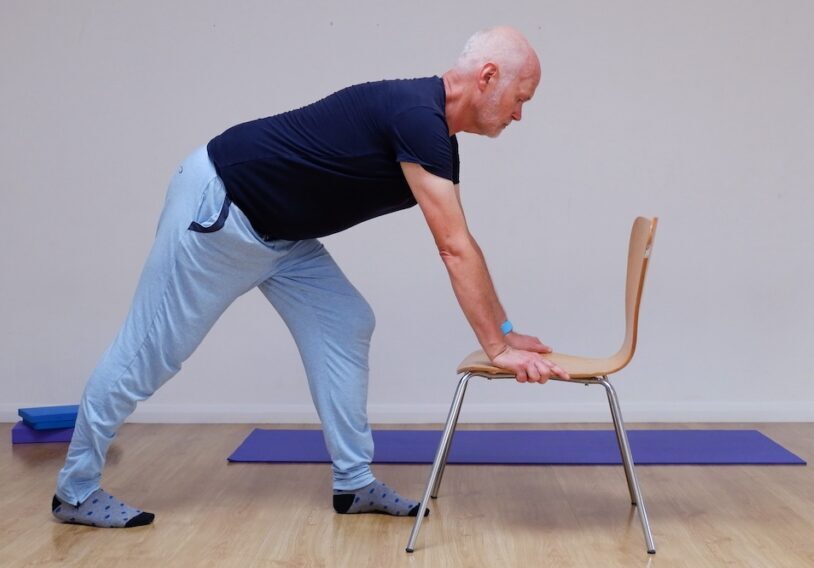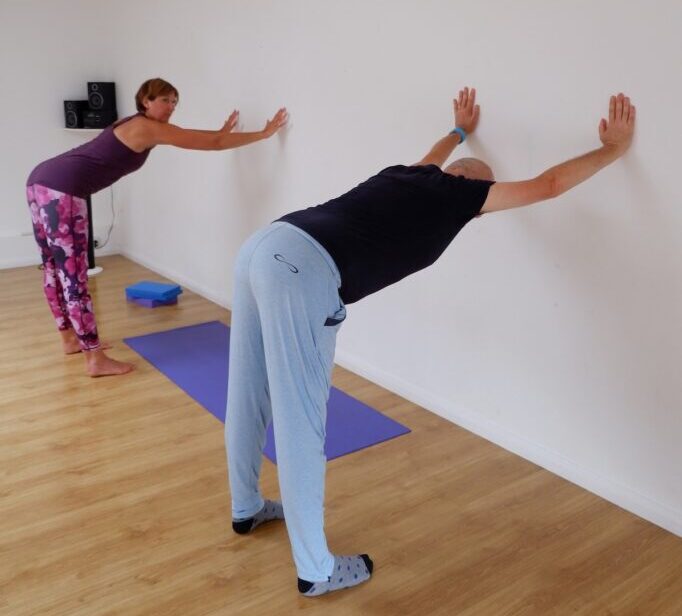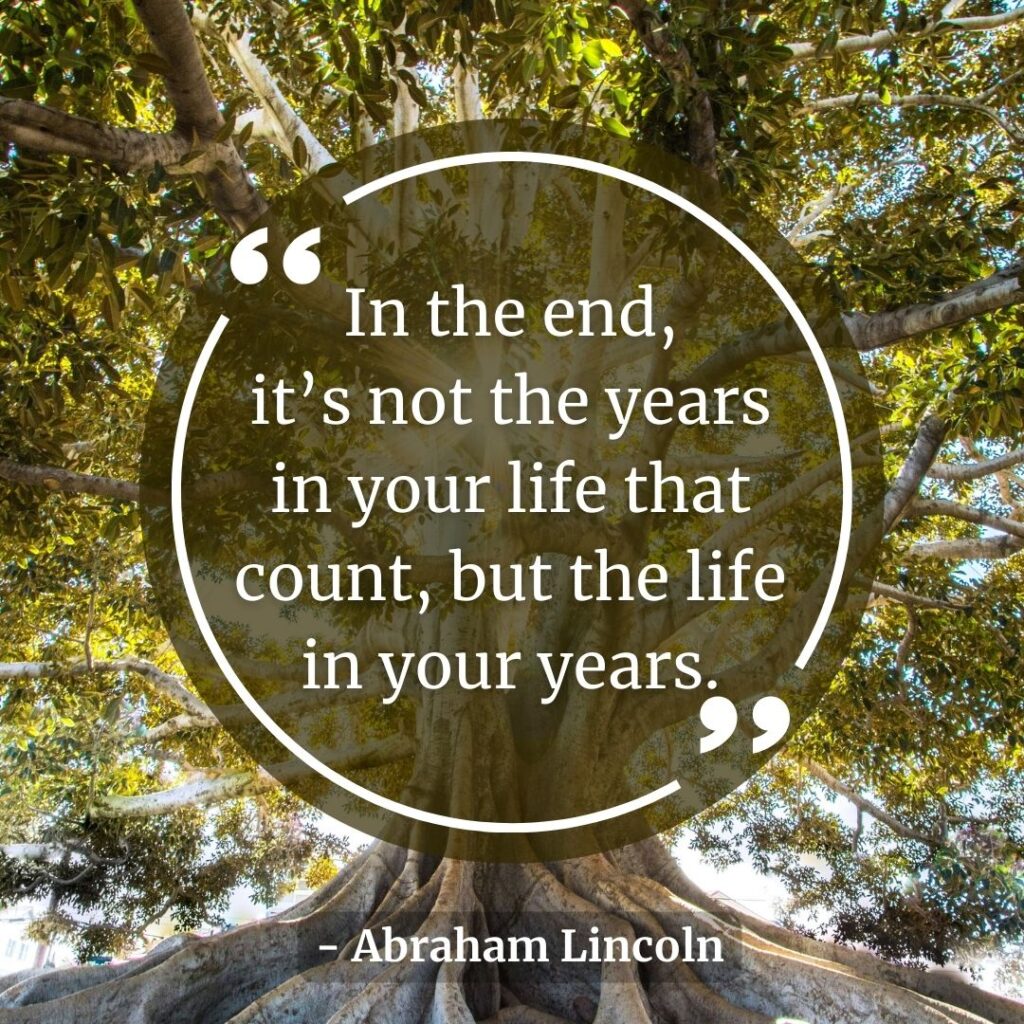Ageing Strong: Slowing Down the Clock with Yoga and Pilates
“If exercise was a pill, we’d all be taking it”
– Dr Mary Hendersen (The Hovarian Magazine, Feb 2024)
How much you can benefit both yourself and others by taking part in, or teaching accessible Yoga and Pilates classes, even whilst embracing change?
Thankfully, an increasing number of medically qualified people seem to be promoting the more recently branded term ‘lifestyle medicine’. This is a category into which Yoga and Pilates fit very nicely.
As we age, our bodies undergo natural changes that can impact our overall health and well-being. A decline in muscle mass (strength) flexibility, tissue hydration, space between vertebrae, blood vessel elasticity (heart health), myelination (the coat of myelin that surrounds nerve cells), fluid, white blood cells (immunity), hormones and bone mineral density, can all lead to common health conditions. However, with the right approach to physical activity, we can mitigate these effects and enjoy a fulfilling life well into our later years.
In a recent article featured in this month’s ‘Hovarian’, Dr. Mary Henderson underscores the profound impact of physical activity on combating common health conditions associated with aging:
‘Twenty-three of the major lifestyle diseases that we are all at risk for are prevented or delayed by being active. I can’t overstate the benefits of physical activity.‘
Yoga and Pilates have emerged as effective and accessible exercise options for aging individuals. Thoughtfully designed classes tailored to individual needs can amplify the physical benefits and contribute to positive mental health outcomes. Here’s how:
1. Fall Prevention: Falls are a major concern for older adults, with a significant portion experiencing them annually. Sadly, for over 65s falls are the leading cause of death and A&E visits. Three of the leading causes of falls are: Sarcopenia (loss of muscle mass); Poor balance / gait; and Postural hypotension. Strength and balance exercises integrated into your Yoga and Pilates classes can help reduce the risk of falls and associated injuries.
2. Bone Health: Maintaining bone mineral density becomes crucial as we age, particularly due to the risk of osteoporosis. Did you know? Bone mineral density naturally starts to decline from the age of just 35! According to the Royal Osteoporosis Society (ROS), 50% of women and 20% of men over the age of 50 will break a bone as a consequence of poor bone health. Yoga and Pilates incorporate a variety of low impact weight-bearing exercises, which can be modified for older adults. Bearing the body’s weight through movements that challenge the skeletal system places ‘stress’ on the bones, slowing bone loss and potentially stimulating the growth of new bone cells. This process helps to maintain or even increase bone density, reducing the risk of osteoporosis and fractures.
3. Brain Health: Due to a phenomenone known as Neuroplasticity, the brain can adapt and form new neural pathways throughout life – at any age! Yoga and Pilates classes should incorporate specific (and fun) exercises that challenge coordination, balance and cognitive function (memory, right & left patterns). This can aid in preventing or delaying cognitive decline and managing conditions like nervous system impairment, brain fog, memory recall, balance, MS and dementia.
Utilising the power of imagination, mental rehearsal, and beginning exercises with your stronger side so that your weaker side can follow are all methods that enhance the connections between the brain and body. Moreover, the duration one can balance on one leg with closed eyes is directly associated with longevity, serving as an indicator of neural function and health, including the vestibular system. This underscores the significance of balance as a health determinant, regardless of age.
4. Foot Health: The feet are crucial for foundation, stability and balance. A quarter of the body’s bones are in the feet! That’s a lot of intricacy and connective tissue. Hence, they are highly sensory and are continuously responding to proprioceptive and sensory feedback. What happens at the feet influences what happens throughout the entire myofascial and neurofacial networks. Specific exercises on the feet can have a positive effect on posture, alignment, gait, the pelvis, lower back, viscera, breath, balance and the nervous system.

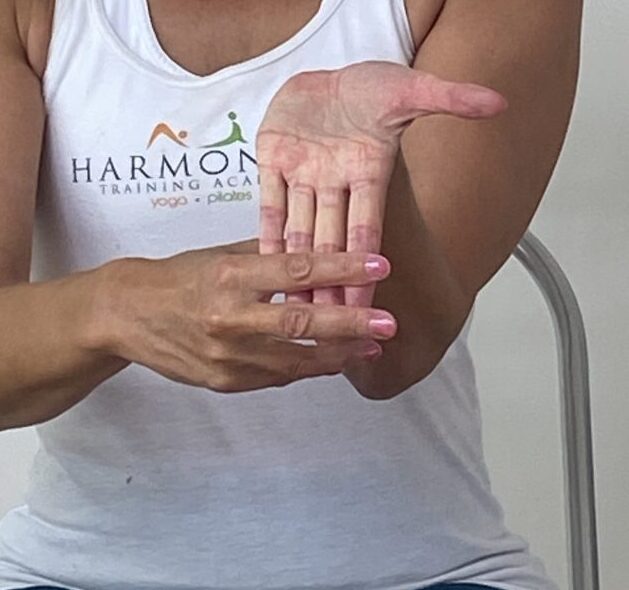
5. Hand Health: We rely on our hands for hundreds of daily tasks and activities, many of which involve self-care and independence (dressing, washing, eating, reaching, holding etc. etc). Approximately 25% of our bones are also in the hands, and each fingertip is innervated by 3,000 touch receptors detecting pressure, vibration, temperature, texture, pain and proprioception. Our hands, like our feet, are in constant communication with our brain through this highly specialised neural network. Yoga and Pilates classes that incorporate exercises to keep hands supple and mobile can help keep them pain free, co-ordinated and help to maintain their sensory capacity where possible. Strength in the arms and hands is also important in fall prevention.
6. Joint Health: Keeping joints lubricated and mobile through regular movement (which can be gentle and low impact) is essential for reducing stiffness, pain, inflammation and pain associated with arthritis and other autoimmune conditions.
7. Back Care: Back pain is a prevalent issue among older adults, impacting quality of life and productivity. According to Backcare, approx 80% of people report back pain at some point during their life time, this is common across all ages and it costs the country billions in sick days. It is important to be able to distinguish between acute and chronic back pain, and an injury versus non-specific back pain.
The good news is that there is much you can incorporate into your Yoga and Pilates classes including physical techniques to improve posture, spinal mobility (creating space and decompression), strength, stability, mobility, and pain management. And techniques whihc benefit both physical and mental health such as functional breathing, meditation, relaxation, breath and mindfulness practices. There is always something one can do to help oneself, as I say ‘bring focus and attention to what you CAN do, and let go of internal dialogue about what you think you can’t’. Empower your students to find what helps them!
“A man is as young as his spinal column. If you’re spine is stiff at 30 you are old. If it’s flexible at 60, you are young.”
– Joseph Pilates
8. Mobility and Independence: Maintaining strength, balance, and joint health is essential for preserving mobility and independence as we age. We recently had an occupational health therapist on our yoga teacher training course who said that, time and time again she witnessed the decline in mobility, health and independence when people moved from a house to a bungalow. This mirrors a study in one of the ‘Blue Zones’ which found that in a village in Italy, those who had to climb more steps to get to their home lived longer. This study is outlined in the Netflix documentary: Live to 100: Secrets of the Blue Zones, which I highly recommend. Yoga and Pilates movements which focus on enhancing flexibility and functional movement patterns can mitigate the impact of a more sendentary lifestyle.
9. Social Connection: In Bruce Lipton’s excellent book ‘The biology of belief’, he suggests that social connection is of MORE significance than stress when it comes to disease and poor mental and physical health. Loss of independence and social isolation is also a huge issue in the aging population. Group classes not only provide physical benefits but also foster social connections which are vital for mental and emotional well-being, decreasing the risk of depression. Including personal physical touch in your classes (self-hugs, mini-isometric contractions, tapping, stroking, proprioception awareness (…and there is so much more to learn) releases oxytocin (love hormone) soothing the nervous system and co-regulating with others in the room. Offering classes incorporating all this can be literally life changing.
“The power of community to create health is far greater than any physician, clinic or hospital”
– Mark Hyman
10. Laughter and Lightness: Infusing classes with humor and joy can really enhance the overall experience and promote a positive mindset. Get creative in the way you theme them and even include some games. After all, it has been said many a time that laughter is the best medicine! Not only does laughter increase intake of oxygen rich air and stimulate your heart, lungs and muscles, it also stimulates the release of endorphins – the ‘feel good’ factor. Even amidst the various ailments and health concerns that we and our students may bring to class, fostering a sense of acceptance can be profoundly healing. And if that isn’t possible, then simply taking your mind off it for an hour is incredibly beneficial!
Older adults, common health conditions & back care CPD Course
Remember, age is just a number, and with the right approach to exercise and self-care, we can embrace each stage of life with vitality and vigor.
If you’re interested in delving deeper into modifying classes for older adults or addressing common health conditions, consider attending our upcoming CPD course. From chair-based exercises to back care techniques, you’ll gain valuable insights and practical strategies to support aging populations.
What’s included:
- An 89-page manual packed with images of chair, wall, somatic and back care exercises
- Class plans
- A multitude of videos to support your learning
- Considerations for an array of common health conditions including: arthritis, osteoporosis, hip replacements, frozen shoulder, cancer, lymphedema, MS, dementia, alzheimer’s, back and spine injuries and pain, non-specific back pain
- Mental health considerations including anxiety, depression and nervous system considerations
- Considerations for carers
- Pain management
- Learn how to set up, market and teach classes for older adults, chair based or wall-based classes and community classes
- You’ll be able to work at a warden assisted facility or care home
- You’ll have a whole host of new exercises, movements, adaptations, modifications, skills and techniques that you can incorporate into your existing classes, no matter what people’s age.
- Please note, you are not learning to treat or diagnose.
For further details and registration, click here. Join us on the journey to vibrant aging and holistic well-being!
Article by: Clare Francis
